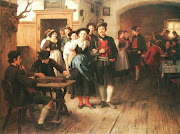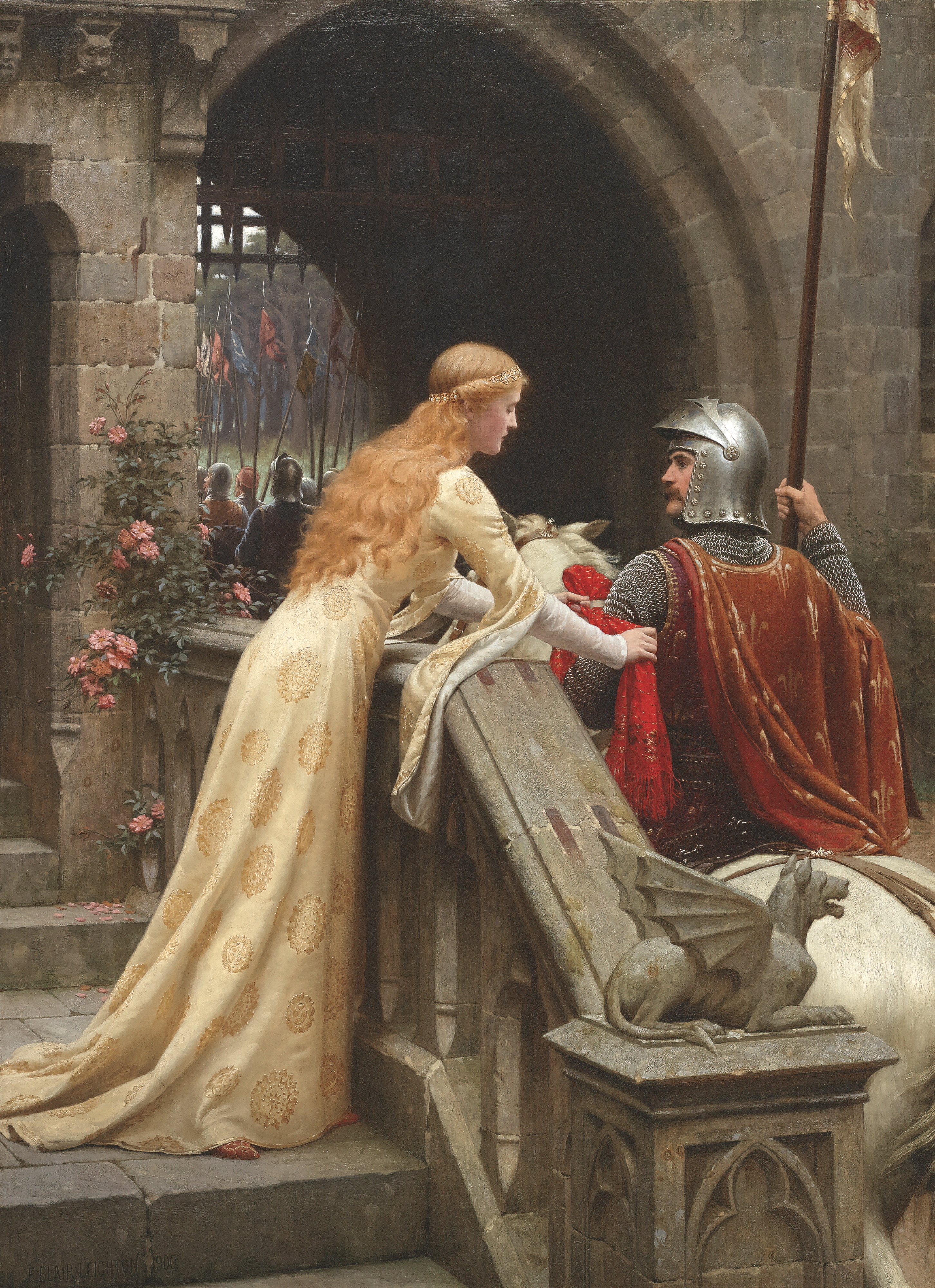King James III and VIII, de jure King, died on 1 January 1766 and, as the son of the deposed King James II and VII, rightfully claimed the English, Scottish and Irish thrones (as James III of England and Ireland and James VIII of Scotland) from the death of his father in 1701, when he was proclaimed King of England, Scotland and Ireland by his cousin Louis XIV of France. Following his death in 1766 he was succeeded by his son Prince Charles Edward Stuart ("Bonnie Prince Charlie") in the Jacobite Succession.
At that time, the Kings of England also still maintained their medieval claim to the throne of France (albeit King Louis XIV of France clearly did not recognise that claim).
The White Rose or White Cockade is the symbol of Catholic monarchy all over Europe.
The motto of the family was (in Old French) Aymez Loyauté - "Love Loyalty"- a fitting motto if ever there was one.
God save the House of Stuart!
King James III and VIII de jure
King of England, Scotland, France and Ireland
was illegally prevented
by the rich, corrupt, Protestant English Whigs
from occupying his throne
for no other reason than that he was
a faithful and loyal Roman Catholic.
Unlike the Whigs, Jacobites were Crown Unionists, against parliamentary union, but in favour of home rule and subsidiarity and the union of the Crowns, with each of the Three Kingdoms ruling themselves under one Stuart Crown.
Agostino Masucci. 1735. The solemnization of the marriage of Prince James Francis Edward Stewart and Princess Maria Clementina Sobieska at Montefiascone, Italy, 1 September 1719.
King of England, Scotland, France and Ireland
was illegally prevented
by the rich, corrupt, Protestant English Whigs
from occupying his throne
for no other reason than that he was
a faithful and loyal Roman Catholic.
Unlike the Whigs, Jacobites were Crown Unionists, against parliamentary union, but in favour of home rule and subsidiarity and the union of the Crowns, with each of the Three Kingdoms ruling themselves under one Stuart Crown.
Agostino Masucci. 1735. The solemnization of the marriage of Prince James Francis Edward Stewart and Princess Maria Clementina Sobieska at Montefiascone, Italy, 1 September 1719.
The symbol of legitimate Roman Catholic monarchy
is
the White Rose or the White Cockade
There'll Never Be Peace Till Jamie Comes Hame
by Robert Burns
By yon castle wa' at the close of the day,
I heard a man sing, tho' his head it was grey,
And as he was singing, the tears doon came -
'There'll never be peace till Jamie comes hame!'
'The Church is in ruins, the State is in jars,
Delusion, oppressions, and murderous wars,
We dare na weel say't but we ken wha's to blame
There'll never be peace till Jamie comes hame!
'My seven braw sons for Jamie drew sword,
But now I greet round their green beds in the yerd;
It brak the sweet heart o' my faithfu' auld dame -
There'll never be peace till Jamie comes hame!
'Now life is a burden that bows me down,
Sin I tint my bairns, and he tint his crown;
But till my last moments my words are the same -
There'll never be peace till Jamie comes hame!'
The Jacobite line of succession
Here is Irish singer, Mary Black, singing in Gaelic that famous Irish lament for the loss of, and desire for the return of, Bonnie Prince Charlie, Prince Charles Edward Stuart, the Young Pretender to the throne, and son of King James III and VIII, "My Gallant Darling" - Mo Ghile Mear - the term of endearment by which the loyal Irish called the Prince. Notice how they refer to him as "my Caesar" showing that the Scots and Irish considered the Stuart monarchs to be Ard Ri, that is "High King" or "Emperor" of each Kingdom and of the Three Kingdoms.
Mo Ghile Mear
|
|
Queen Saint Margaret of Scotland
Fittingly, 10 June is also the Feast of Queen Saint Margaret of Scotland, ancestress of the Stuart kings.
Here is a summary of her noble life from the Breviarum Romanum, Matins, 2nd Nocturn, readings 4, 5 and 6:
Margarita Scotorum regina, paterno Angliae regum, materno Caesarum sanguine clarissima, illustrior adhuc fuit christiana virtute. Haec in Hungaria nata, ubi pater tunc temporis exsulabat, post exactam summa cum pietate puerilem aetatem, una cum genitore, qui a sancto Eduardo patruo, Anglorum rege, ad paterni regni fastigium vocabatur, in Angliam venit. Mox alternante parentum fortuna ex Angliae littore solvens, vi tempestatis expulsa, seu verius divinae providentiae consilio deducta est in oram maritimam Scotiae. Ibi cum ex matris imperio Malcholmo tertio Scotorum regi, egregiis ejus dotibus capto, nupsisset, sanctimoniae ac pietatis operibus triginta, quibus regnavit annis, toti regno mirifice profuit. Inter regales delicias corpus afflictationibus, ac vigiliis macerans, magnam noctis partem piis precationibus extrahebat. Praeter alia jejunia, quae identidem usurpabat, integros quadraginta dies ante Natalitia festa tanta cum severitate jejunare consuevit, ut ne in gravissimis quidem doloribus intermiserit. Divino cultui addictissima, templa plurima et coenobia partim ex integro excitavit, partim resarcivit, et sacra supellectili, ac largo censu ditavit. Regem conjugem ad meliorem frugem, et ad similia suis exercitationibus opera saluberrimo exemplo traduxit, liberosque omnes tam sancte et feliciter educavit, ut eorum plerique quemadmodum et Agatha mater, et Christina soror, sanctissimum vitae genus amplexi sint Universi demum regni felicitati consulens, a vitiis omnibus, quae furtim irrepserant, populos expurgavit, eisque mores christiana pietate dignos restituit. Nihil tamen aeque in illa mirabile fuit, ac flagrantissima caritas erga proximos, praesertim egenos, quorum numerosis gregibus non modo stipem affatim suppeditare, verum etiam trecentis quotidie materna benignitate dapes praebere, flexis genibus in morem ancillae ministrare, regiis manibus pedes abluere, et pressis etiam osculis ulcera fovere, solemne habuit. His porro aliisque piis sumptibus non regias tantum vestes, et pretiosa monilia distraxit; sed ipsum non semel exhausit aerarium. Toleratis demum ad patientiae miraculum acerbissimis doloribus, animam semestri corporis aegrotatione purgatam Auctori suo sextodecimo Kalendas Decembris reddidit. Quo temporis momento facies ejus diuturni morbi macie ac pallore foedata, insolita quadam venustate refloruit. Miris etiam post mortem prodigiis clara, et Clementis decimi auctoritate in Scotiae patronam accepta, ubique terrarum religiosissime colitur.
"Margaret, Queen of Scots, was most noble by birth, uniting in herself, from her father the blood of the Kings of England and from her mother the most pure blood of the Caesars [of the Holy Roman Empire], but her greatest nobleness was in her brave Christian life. She was born in Hungary, where her father was then an exile, and had passed a religious childhood, when her uncle Saint Edward, the King of England, recalled him to his own royal home, and she came to England with him. A few years after, upon the ruin of her family, she was escaping from England by sea, when the violence of the weather, or, to speak more truly, the Providence of God, caused that the ship should take refuge upon the coast of Scotland. There her extraordinary graces of mind and body so attracted King Malcolm III., that by the advice of his mother, he took her to wife and of Scotland she deserved exceedingly well for the thirty years of her reign, by the holiness of her life and the abundance of her works of mercy. In the midst of kingly dainties, she afflicted her body with hardships and watching, spending a great part of the night in earnest prayer. Besides other fasts which she imposed upon herself, it was her custom to observe one of forty days before Christmas, concerning which fast she was so rigid, that she would not relax it even under sharp suffering. She took great delight in the public worship of God, and founded or renewed a great number of churches and convents, which she enriched at great cost with sacred furniture. Her healthy example drew the King, her husband, to habits of sobriety, and to imitate her in her good works. To all her children she had the happiness of giving a godly education, and several of them, like her mother Agatha and her sister Christina, led notable holy lives. The happiness of the whole kingdom was the object for which she constantly strove, and she successfully rooted out all the vices which had stealthily crept in, and established among the people a standard of living worthy of Christians. The most remarkable feature of her life was the tenderness of her charity toward her neighbour, especially the needy. Of these she would not only order whole flocks to be relieved, but was accustomed to give dinner to three hundred of them every day, treating them with the tenderness of a mother, and waiting upon them on her knees like a maidservant. She held it one of the privileges of her rank to wash their feet with her own Royal hands, and to dress their sores, which latter she would even kiss. To meet the expenses of her charities she sold not only her queenly raiment and her precious jewels, but more than once exhausted her funds entirely. Purified by grievous suffering, which she bore with marvellous patience during an illness of six months, she resigned her soul into the hands of Him Who had created it, upon the 11th day of June. At the moment of death, the bystanders saw her poor worn face, pale and disfigured by continual suffering, flush again with a beauty to which it had long been unused. After her death she became illustrious on account of great signs and wonders. With the approval of Pope Clement X, she was chosen Patroness of Scotland, and her memory is held in profound reverence throughout the whole earth."
Queen Saint Margaret was a great devotee of the holy liturgy of the Church - probably an early form of the Sarum use in her case - and used to hear mass in the morning several times, including Solemn High Mass, every day. She is a very fitting saint for those who love and revere the traditional rites of the Roman Catholic Church.
Queen St Margaret of Scotland, pray for us and for Scotland!







.jpg)

















_-002.jpg/220px-Circle_of_Anton_Raphael_Mengs,_Henry_Benedict_Maria_Clement_Stuart,_Cardinal_York_(ca_1750)_-002.jpg)

